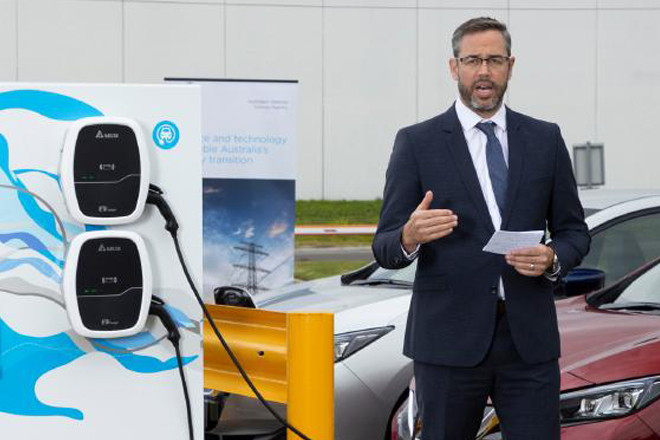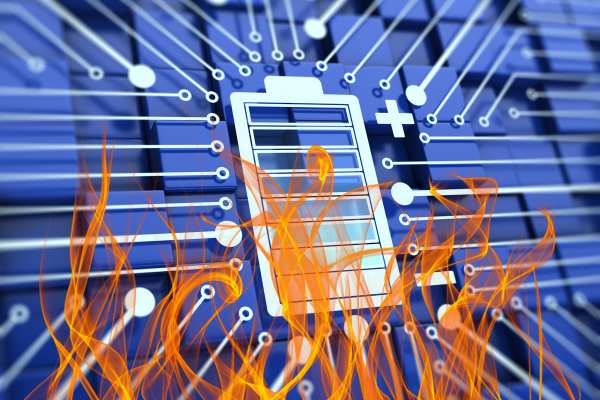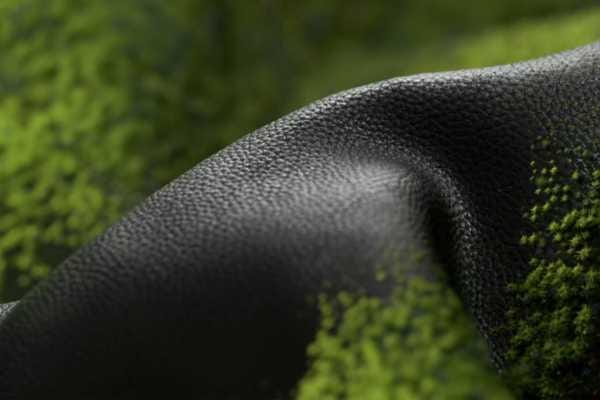Electric vehicles can now give back
Vehicle-to-Grid (V2G) chargers may one day allow electric car owners to earn money for electricity.

One day your car could earn you cash.
Vehicle-to-Grid (V2G) chargers that promise electric car owners a number of advantages including earning money for electricity are inching ever closer.
This bidirectional charging tech lets owners charge their car and also send electricity stored in their car’s battery back to either power their home or feed it to the public electricity grid at the push of a button on a smartphone app.
UK company Indra Renewable Technologies is among the companies to have developed a V2G bidirectional charger for electric vehicles such the Nissan Leaf and Mitsubishi Outlander PHEV (those that are fitted with the CHAdeMO charge plug). Its domestic charger is now available in the UK, and it has also just been launched in Australia in collaboration with local company EV-NRG.
Bidirectional chargers capitalise on the fact that cars are parked for long periods of time. This allows electric vehicle owners to charge their vehicles during times when electricity is cheaper, and then use the energy in the home or return it to the grid during peak demand periods.
V2G also enables electric vehicles to store excess electricity generated from renewable energy sources, such as when solar exports exceed local grid export limits, for use in the home or to feed back to the grid.
Indra has developed a smartphone app that regulates charging and discharging of power from the car and provides real-time and historic monitoring.
EV-NRG estimates that households could earn up to $360 a year by using the charger as a grid flexibility asset – however that must be balanced with the fact that its V2G chargers are still pretty pricey at almost A$10,000 a pop.
"With more people working from home currently, with a Nissan Leaf in the driveway, a household could significantly reduce their power bills by using their vehicle as a battery."

Nissan is also championing the big picture benefits of V2G for grid stabilisation and is predicting that one day, car owners will be paid by energy providers for electricity and will play an important role in balancing demand in the grid.
In July this year, the Japanese car giant launched a V2G trial in the Australian market which sees 51 Nissan Leaf electric vehicles – a government fleet – draw down and return energy to the grid to help stabilise the load during peak and off-peak periods.
According to Nissan’s Australian managing director Stephen Lester, the trial previews the transformation of electric vehicles from vehicles into “mobile energy solutions”.
“With more people working from home currently, with a Nissan Leaf in the driveway, a household could significantly reduce their power bills by using their vehicle as a battery,” Lester says.
“And if they have solar panels, they can maximise their use of renewable energy, and still have an exciting zero-emissions car to drive.”
The tech
Vehicle-to-Grid (V2G) systems rely on the use of a bi-directional charger with an inverter that can charge the battery or draw power from it. By providing access to their vehicle’s battery to energy providers during times of peak load, it is hoped that electric vehicle owners could one day collectively help balance the huge surplus of energy in the middle of the day, and the middle of the night by charging their cars at that time, and return it to the grid at times of high demand, reducing stress on the system. Vehicle-to-Home (V2H) technology works in a similar way but the electric vehicle’s battery is instead used to charge a home battery or power household appliances. For homes with solar panels, a car could be used to store the sun’s energy during the day and then redeploy it to power the house at night.





